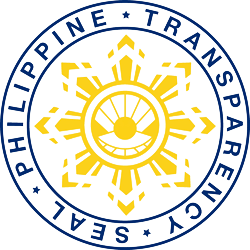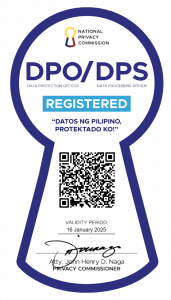The Philippine garments and textile industry is gearing up to jumpstart its resurgence and gain back its reputation as a competitive player in the domestic and international markets with strategic initiatives, projects and partnerships involving key players, manufacturers, stakeholders underway.
The country’s garments and textile export sector which used to be a US$3 billion industry, was once considered a sunrise industry during the 1990s. “Our garments industry used to be one of the top performing sectors both locally and internationally. But with the challenges brought by the end of the Multi-Fiber Agreement (MFA) which grants preferential tariffs to the country’s exports of garments and textiles, we saw a decline in the sector’s general performance,” said Trade Undersecretary for Industry Development and Trade Policy and Managing Head of the Board of Investments (BOI) Managing Head Ceferino Rodolfo.
The MFA, which prescribed quota allocations in identified textiles and garments that are for export to developed countries from developing countries like the Philippines, India, and Vietnam, was replaced by the Agreement on Textiles and Clothing (ACT) in 1995. The objective of ACT was to integrate the garments and textile sectors and discontinue restrictions in the MFA including quota allocations, leading up to the full adoption of the General Agreement on Tariffs and Trade (GATT) and put an end to the quota system by year 2005.
As a result, garment and textile enterprises in the Philippines which relied on quotas underwent difficulties leading to closure of factories and downsizing. At present, the industry is still seen as one with immense potential that could generate the jobs needed in the country. Despite numerous setbacks, the BOI, the country’s lead industry development and primary investment promotion agency, is currently amplifying its initiatives to help the industry rise again. “We focus on securing market access in key export markets such as Japan, Europe, and the United States, to Free Trade Agreements and Preferential Trade Arrangements including the Generalized System of Preferences (GSP), and the GSP+,” said Undersecretary Rodolfo.
Through the Industry Development Program (IDP) under the government’s Manufacturing Resurgence Program, the BOI is likewise formulating a Roadmap for the Garments and Textile Industry, which will chart the future of the industry’s growth based on assessment of the current situation and economic performance, identification of industry roadblocks.
Starting in December 2017, the BOI conducted six FGDs with industry stakeholders and other government agencies and organizations nationwide. The Roadmap is expected to be finalized before the end of 2018.
While the Garments and Textile Industry Roadmap is under development, the BOI is also teaming up with the Confederation of Wearables Exporters of the Philippines (CONWEP) and different industry associations for the first-ever Philippine Garment and Leather Goods Industries & Fabric Expo to further promote the industry.

To be held from August 23 to 26, 2018 at the SMX Convention Center, Mall of Asia Complex in Pasay City, the event aims to put the spotlight on the Philippine potentials to produce export-quality garments and textiles products, and the thriving garments and footwear manufacturers in the country. Organized by the Philippine Exhibitions and Trade Corporation (PETCO) and CP Exhibition Ltd. Hong Kong, the Expo will also feature a series of business forums, factory visits, business matching between investors and exhibitors, and a Philippine Pavilion, which design and construction was spearheaded by the BOI.
“The Expo comes in an opportune time as BOI and other relevant government agencies are ramping up efforts to sustain and further strengthen the growth momentum of the manufacturing sector,” Undersecretary Rodolfo said.
Over 70 companies both from local and foreign countries are participating in the Expo which is seen to become an annual event after the first edition.
In a report by UN Comtrade, the Philippines was 6th among the top exporters of apparels to the United States in 1970.
However, at the start of the 20th century, the export sales of the industry dwindled, leaving the country out of the primary apparel producers globally. The Philippine garments and textile industry trade have steadily and continuously declined between 2005 and 2011. Its garment export performance dropped by 39% from USD 2,287 million in 2005 to USD 1,402 million in 2011. In 2016, the industry exported a total of US$1,226 million and imported US$1,479 million worth of garments.
Data from the Bureau of Labor and Employment Statistics (BLES) show that employment under the textile and garment industry in the country is at 137,000 and 422,000, respectively in 2015. At present, 39% of the industry are composed of exporters, and 61% are subcontractors, which include small contractors catering to garment exporters, or backyard businesses. Despite difficult conditions, the BOI is hopeful to scale up the industry once more with the roadmap and other initiatives in place.♦
Date of release: 23 August 2018



